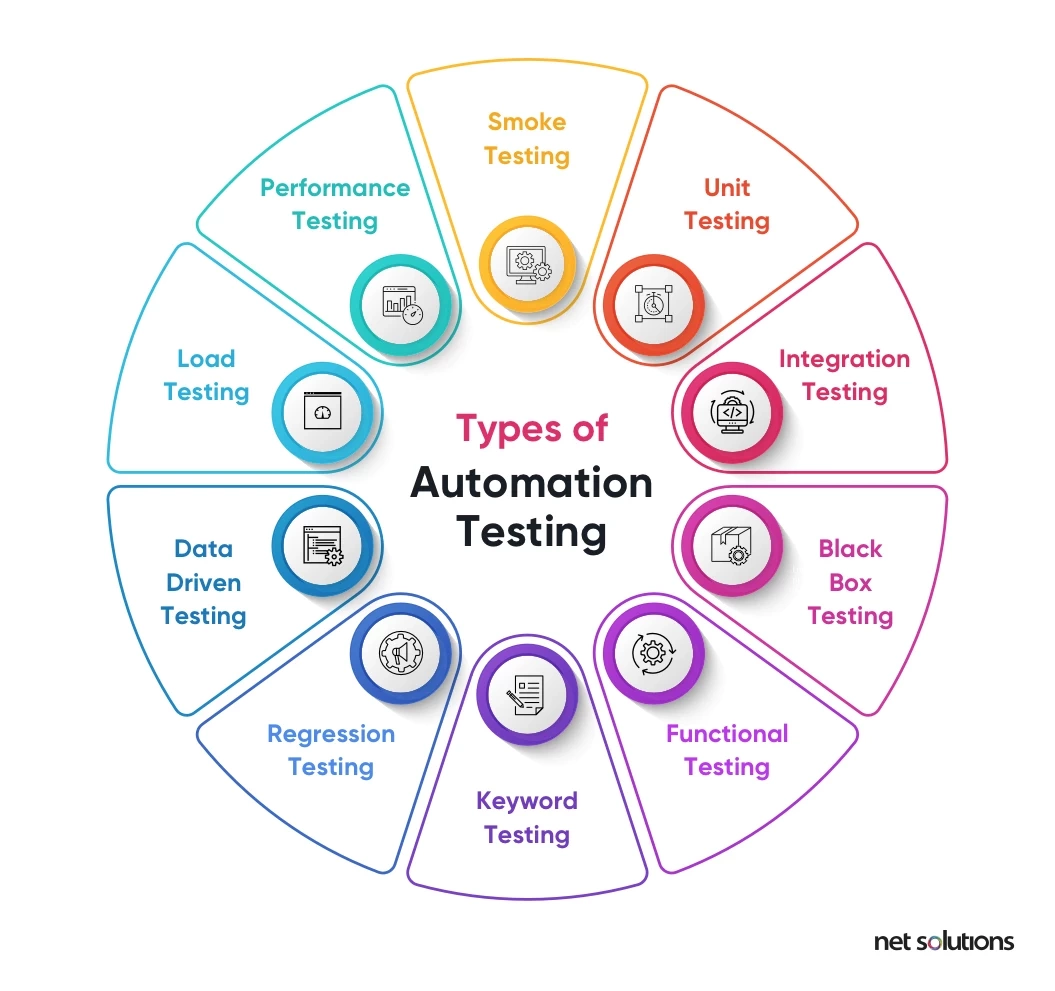Reliable Automation Testing: Enhancing Software Program Integrity and Rate
From Handbook to Automated Testing: A Comprehensive Guide to Transitioning Smoothly and Properly
In the realm of software application screening, the shift from guidebook to automated processes has ended up being an increasingly essential shift for companies seeking to improve performance and precision in their screening techniques. The journey from handbook to automated testing is not without its challenges, but when approached purposefully and with a clear strategy in mind, the advantages can be considerable.
Benefits of Automated Examining
Automated screening supplies numerous advantages, enhancing effectiveness and precision in software program growth procedures. Automated tests can be run at the same time on numerous tools and running systems, drastically speeding up the screening stage compared to hand-operated testing.
Additionally, automated testing ensures a higher level of precision in spotting problems. Because automated tests comply with predefined scripts, human error is reduced, resulting in more reputable test results. Consistency in screening is additionally boosted, as automated examinations implement the very same steps exactly each time they are run. This consistency is crucial in guaranteeing that all functionalities of the software are extensively checked, minimizing the probability of undiscovered bugs slipping via to manufacturing.
Selecting the Right Devices

Firstly, assess your demands and purposes. Comprehend the range of your project, the technologies involved, and the ability collection of your group. This analysis will assist you determine the capacities and attributes you call for in your screening tools.
Secondly, take into consideration the compatibility of the devices with your existing procedures and systems. Smooth integration with your existing software program growth lifecycle is vital to make sure a smooth transition to automation.
In addition, examine the scalability and versatility of the tools. As your testing needs develop, the tools ought to be able to adjust and fit adjustments properly.
Lastly, consider the support and area around the tools. When applying automated testing, durable support and an active customer neighborhood can give useful resources and support. By thoroughly considering these elements, you can pick the right tools that straighten with your requirements and established the phase for a successful change to automated testing.
Composing Reliable Test Scripts

When crafting test manuscripts, it is important to think about the details demands of the software being checked and guarantee that the manuscripts address all essential performances. Clear and detailed calling conventions for test manuscripts and examination cases can improve readability and maintainability. Additionally, integrating mistake handling systems within the examination manuscripts can help in determining and addressing concerns quickly.
Moreover, arranging test manuscripts into modular elements can boost reusability and scalability, minimizing redundancy and boosting effectiveness in examination script maintenance. Routine reviews and updates to check scripts are important to maintain pace with developing software program requirements and performances. By complying with these concepts, testers can develop view reliable and durable examination scripts that contribute substantially to the success of automated screening this post procedures.
Integrating Automation Into Workflows
By effortlessly integrating automated screening tools like Selenium or Appium into the software advancement lifecycle, groups can accomplish faster responses on code changes, leading to quicker bug discovery and resolution. This integration permits for continuous screening throughout the development process, making certain that any concerns are identified early on, resulting in higher software program quality. Appropriate assimilation of automation tools calls for collaboration between growth, screening, and operations teams to develop a unified workflow that optimizes effectiveness and performance in delivering top notch software program products.
Guaranteeing a Smooth Change
Efficiently transitioning to automated testing includes thorough preparation and careful execution to take full advantage of and decrease interruptions effectiveness in the software program advancement procedure - automation testing. To make certain a smooth transition, it is crucial to start by conducting an extensive evaluation of the present screening procedures and determining locations where automation can bring one of the most substantial benefits. Engaging with all stakeholders early while doing so, consisting of programmers, testers, and task supervisors, is critical for amassing assistance and buy-in for the automation effort
Communication is essential during this change stage. Clear interaction of the goals, benefits, and expectations of automated screening aids to take care of any kind of resistance or worries that might develop. In addition, giving ample training and sources for employee to upskill in automation devices and methods is crucial for making sure a successful transition.

Final Thought
In final thought, transitioning from guidebook to automated screening supplies numerous benefits, including enhanced efficiency and dependability. By choosing the suitable tools, composing efficient test scripts, and integrating automation perfectly right into workflows, companies can ensure a successful and smooth transition. It is important to embrace automation as an important asset in software testing procedures to boost total high quality and efficiency.
In the realm of software application testing, the shift from guidebook to automated processes has actually become a significantly vital change for organizations seeking to boost efficiency and accuracy in their testing methods. Automated examinations can be run all at once on numerous tools and operating systems, considerably speeding up the screening phase contrasted to hand-operated testing. Uniformity in testing is additionally improved, as automated tests carry out the same actions specifically each time they are run.To make certain the effective implementation of chosen testing devices, the production of efficient examination scripts plays a vital role in verifying the functionality and efficiency of automated processes - automation testing. By about his adhering to these principles, testers can develop robust and reliable test manuscripts that add substantially to the success of automated testing procedures